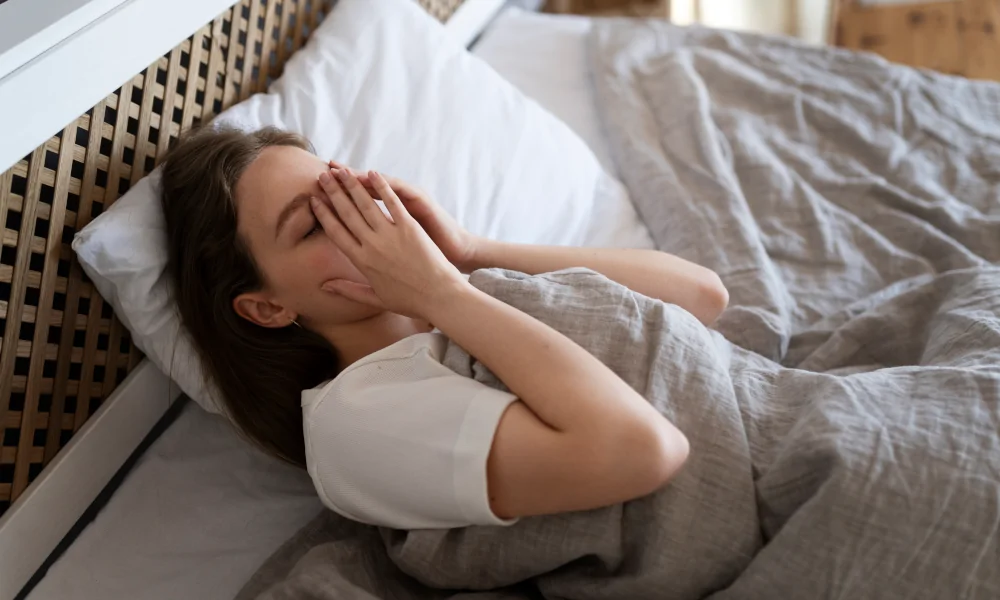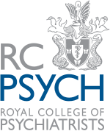Sleep is a fundamental component of our overall health and well-being. Adequate sleep allows our bodies and minds to recharge, repair, and function optimally. However, when sleep is disrupted, it can have far-reaching consequences, affecting our physical and mental health, productivity, and quality of life. Insomnia and sleep apnoea are two distinct sleep disorders that can significantly impair an individual’s sleep quality. Interestingly, these two conditions often coexist in a condition known as COMISA (Comorbid insomnia and sleep apnoea).
Research showed that more than half (54.3%) of the UK population reported experiencing moderate symptoms of insomnia, and 9.4% of the population showed moderate signs of sleep apnoea. Moreover, 6.2% of the study participants scored high for both conditions, suggesting a significant comorbidity between these sleep disorders. The impact of COMISA can be profound, leading to excessive daytime sleepiness, cognitive impairment, and an increased risk of various health problems. This article will discuss COMISA, the link between insomnia and sleep apnoea, the treatment of COMSIA, and practical tips for managing COMISA symptoms.
What is insomnia?
Insomnia is a sleep disorder characterised by difficulty falling asleep, staying asleep, or waking up too early and being unable to fall back asleep. It can be classified into different types, such as onset insomnia (characterised by a prolonged inability to fall asleep at the beginning of the night), maintenance insomnia (where individuals initially fall asleep but experience frequent awakenings throughout the night), and terminal insomnia (which involves waking up too early in the morning and being unable to fall back asleep).
Learn more about insomnia: What is insomnia and can it be cured?
What is sleep apnoea?
Sleep apnoea is a sleep disorder characterised by repeated episodes of partial or complete obstruction of the upper airway during sleep, leading to disruptions in breathing. There are two main types of sleep apnoea: obstructive sleep apnoea (OSA) and central sleep apnoea (CSA).
Learn more about sleep apnoea: Understanding sleep apnoea and its impact on your health
The link between insomnia and sleep apnoea
Insomnia and sleep apnoea are closely linked, with each condition potentially contributing to the development and exacerbation of the other. Sleep apnoea can cause frequent awakenings due to disruptions in breathing, leading to fragmented sleep that contributes to insomnia symptoms. Conversely, insomnia can worsen sleep apnoea by increasing sleep anxiety and hyperarousal, which can lead to more frequent awakenings and a greater awareness of breathing disturbances during sleep.
Diagnosing COMISA can be challenging due to the overlapping symptoms of insomnia and sleep apnoea. Patients may report difficulty falling or staying asleep, but the underlying cause could be sleep apnoea, insomnia, or a combination of both. It is crucial to undergo a comprehensive sleep evaluation, which may include polysomnography (sleep study) and subjective assessments.
The polysomnogram (sleep study) is an essential diagnostic tool for COMISA. During this test, various physiological parameters are monitored throughout the night, including brain activity, eye movements, muscle activity, heart rate, and breathing patterns. Additionally, subjective assessments, such as sleep diaries and questionnaires, can provide valuable insights into the patient’s sleep structure, subjective sleep quality, and daytime functioning.
Treatment for COMISA
Effective treatment for COMISA requires addressing both insomnia and sleep apnoea. A multidisciplinary approach involving sleep specialists, psychologists, and other healthcare professionals may be necessary to develop a personalised treatment plan.
Cognitive-behavioural therapy (CBT) is often recommended as a first-line treatment for insomnia. CBT involves identifying and modifying behaviours and habits that contribute to insomnia. Relaxation techniques, such as progressive muscle relaxation, deep breathing exercises, mindfulness and meditation, can also be beneficial in reducing sleep anxiety and promoting relaxation. Continuous positive airway pressure (CPAP) therapy is the gold standard treatment for sleep apnoea. CPAP involves wearing a mask during sleep that delivers a steady stream of air, keeping the airway open and preventing apnoea events. Other treatment options for sleep apnoea include oral appliances (which reposition the jaw and tongue to improve airway patency) and surgical interventions in severe cases. It is important to note that treatment plans are individualised based on the specific needs of each patient and the underlying cause of COMISA.
Living with COMISA
Living with COMISA can be challenging, but adopting practical strategies and lifestyle adjustments can help to manage the symptoms and improve overall sleep health. Implementing good sleep hygiene practices is crucial. Establishing a consistent sleep schedule, creating a relaxing bedtime routine, and ensuring a comfortable sleep environment can promote better sleep quality. Avoid stimulants like caffeine close to bedtime, and limit exposure to blue light from electronic devices, as it can disrupt the body’s natural sleep-wake cycle. Stress management techniques such as meditation, deep breathing exercises, and progressive muscle relaxation can help to reduce anxiety and promote a sense of calm before bedtime.
In addition to these practical tips, maintaining a healthy lifestyle is essential for overall sleep health. A balanced diet rich in nutrients can support the body’s natural sleep-wake rhythms, while excessive alcohol consumption and smoking should be avoided as they can disrupt sleep patterns. Regular physical activity, exposure to natural light during the day, and minimising irregular sleep patterns can also improve sleep quality. Moreover, Individuals with COMISA need to prioritise self-care and seek support from healthcare professionals, support groups, or online resources when needed.
Speak to us about COMISA
COMISA, the co-existence of insomnia and sleep apnoea, is a complex condition that can significantly impact an individual’s quality of life. With overlapping symptoms and the potential for each disorder to exacerbate the other, proper diagnosis through comprehensive sleep evaluation is crucial. By seeking professional help and working closely with sleep specialists, individuals with COMISA can develop personalised treatment plans. While managing COMISA may present challenges, it is essential to approach it with a positive mindset, as with the right interventions and lifestyle adjustments, high-quality restorative sleep is possible.
As a leading sleep psychiatrist and specialist in insomnia, we have had the pleasure of working with a multitude of people suffering from COMISA. We work with expert dentists and sleep apnoea specialists across the UK and aim to provide the best care possible. If you suspect that you or a loved one may be at risk of COMISA please do not hesitate to contact us for further advice.










